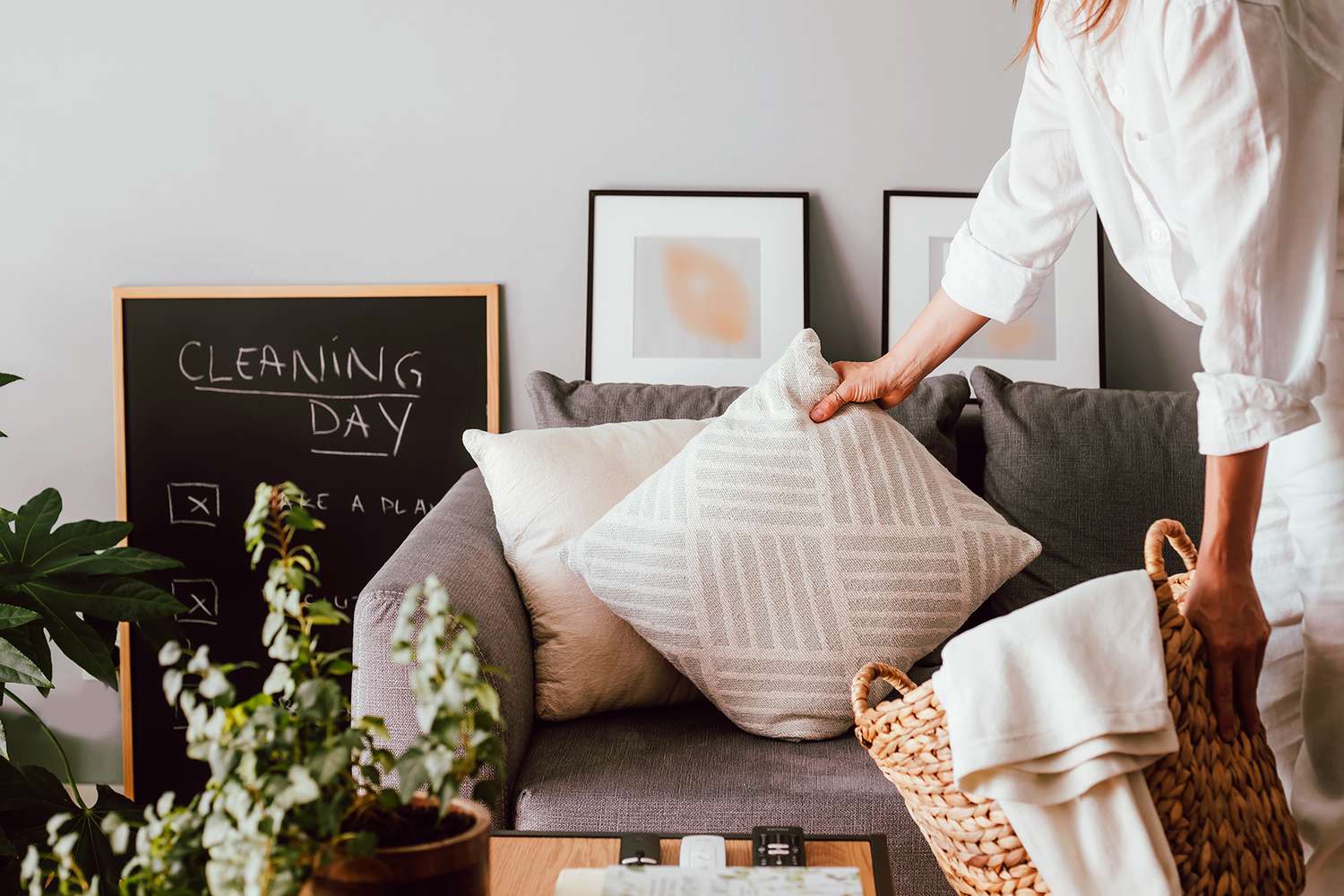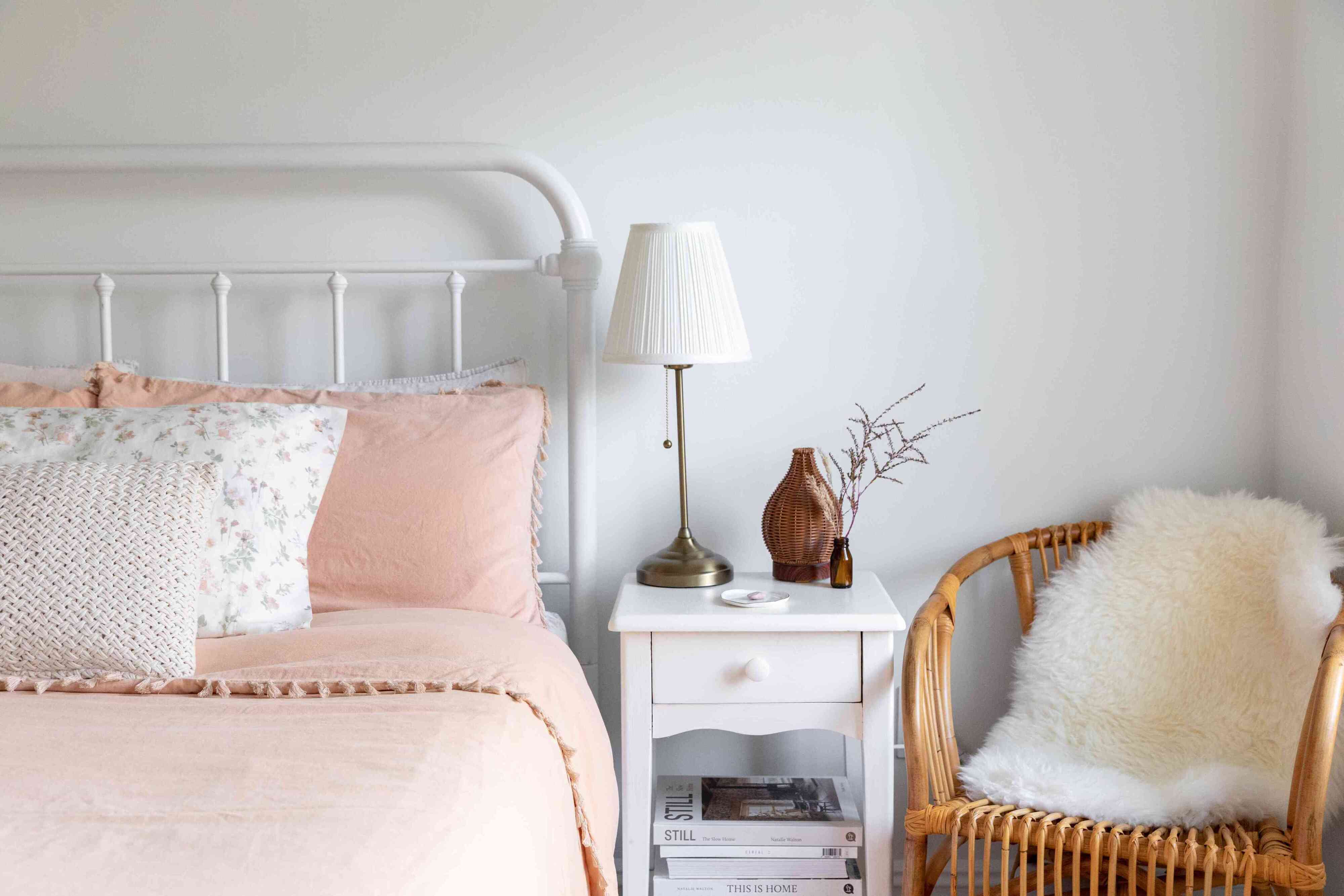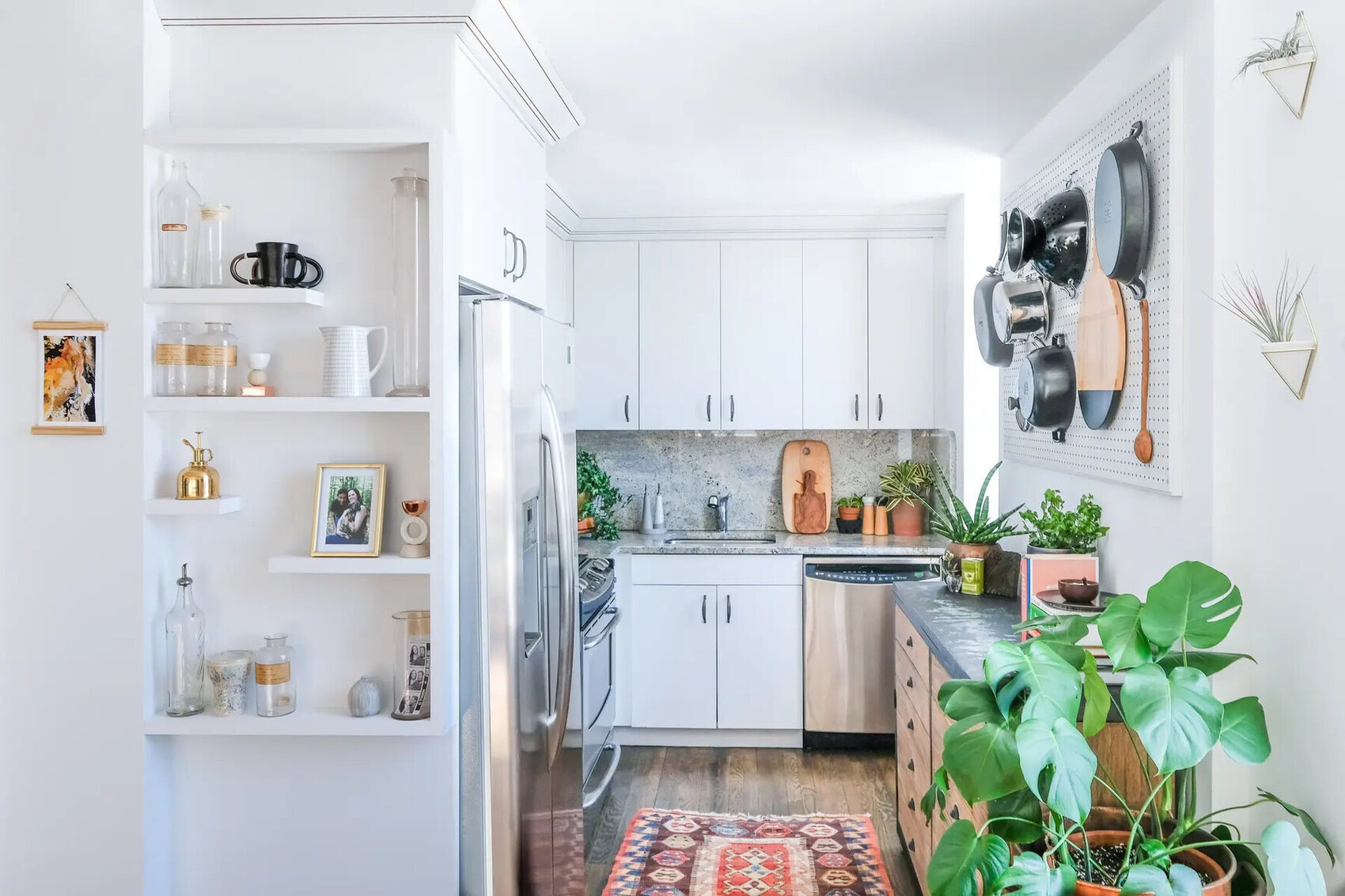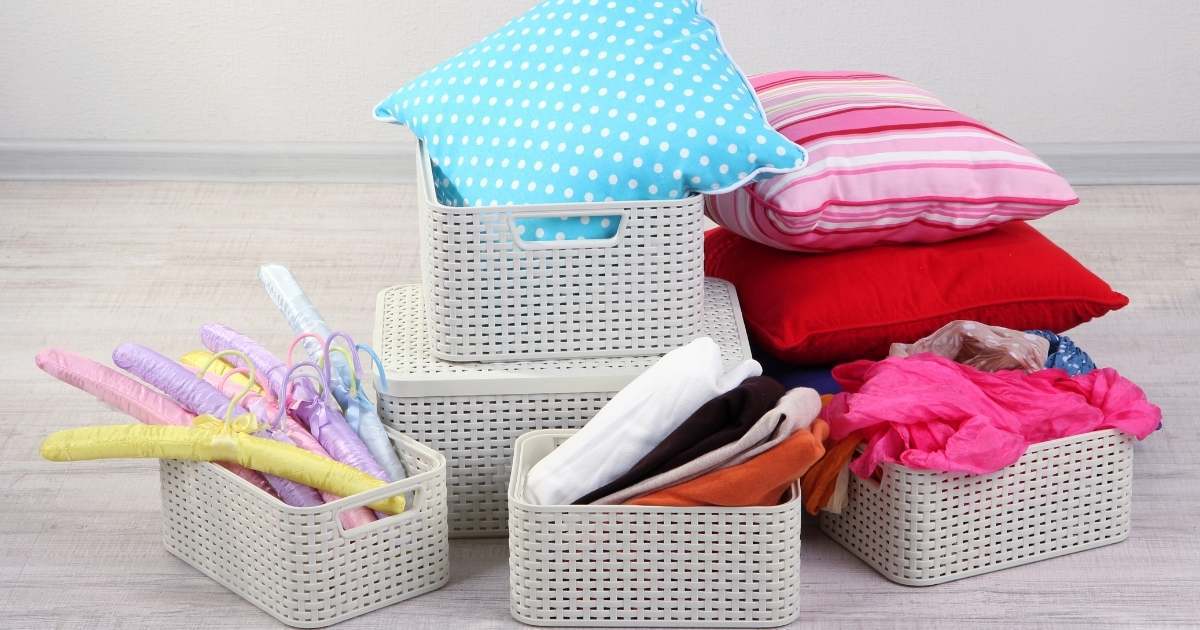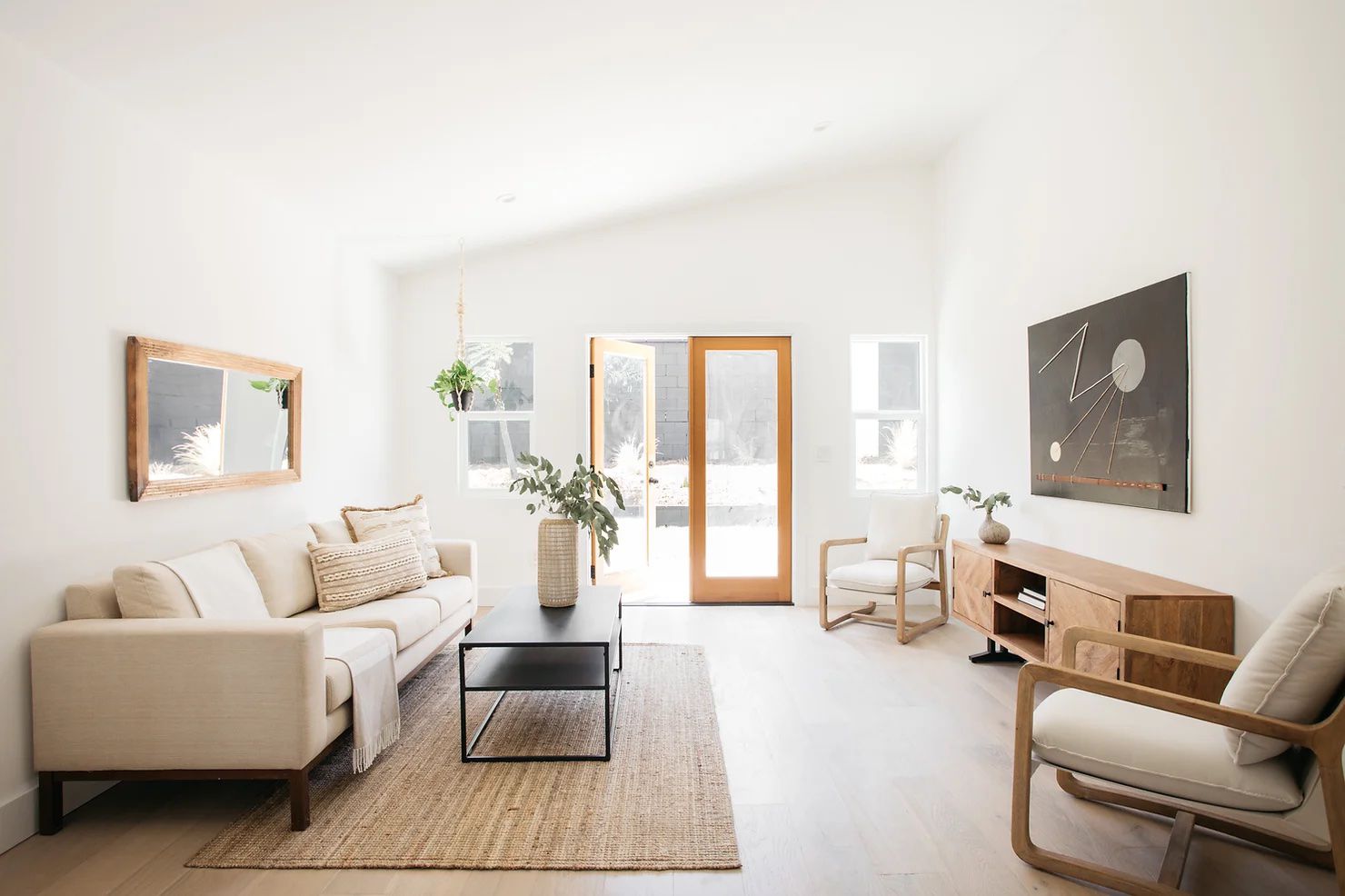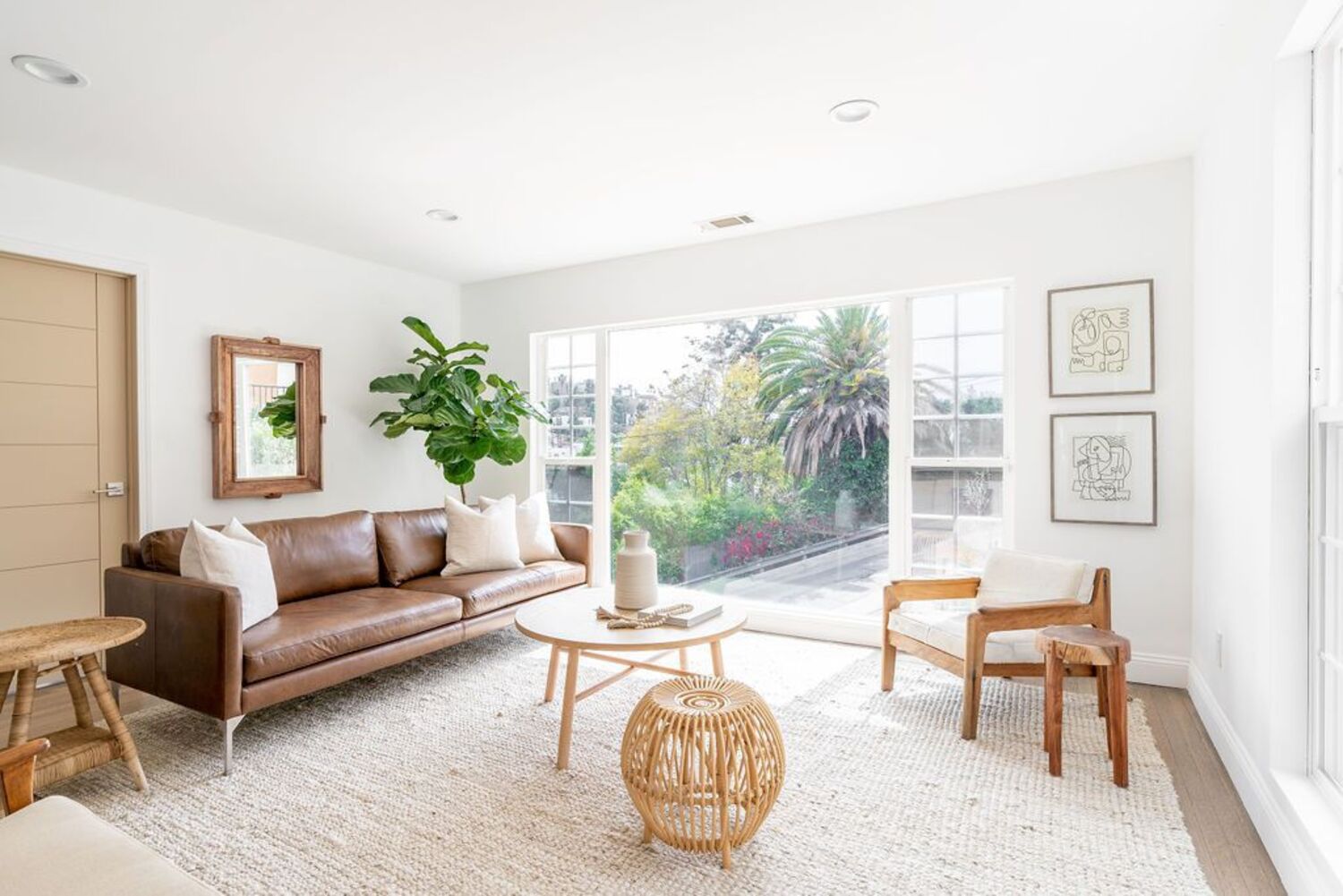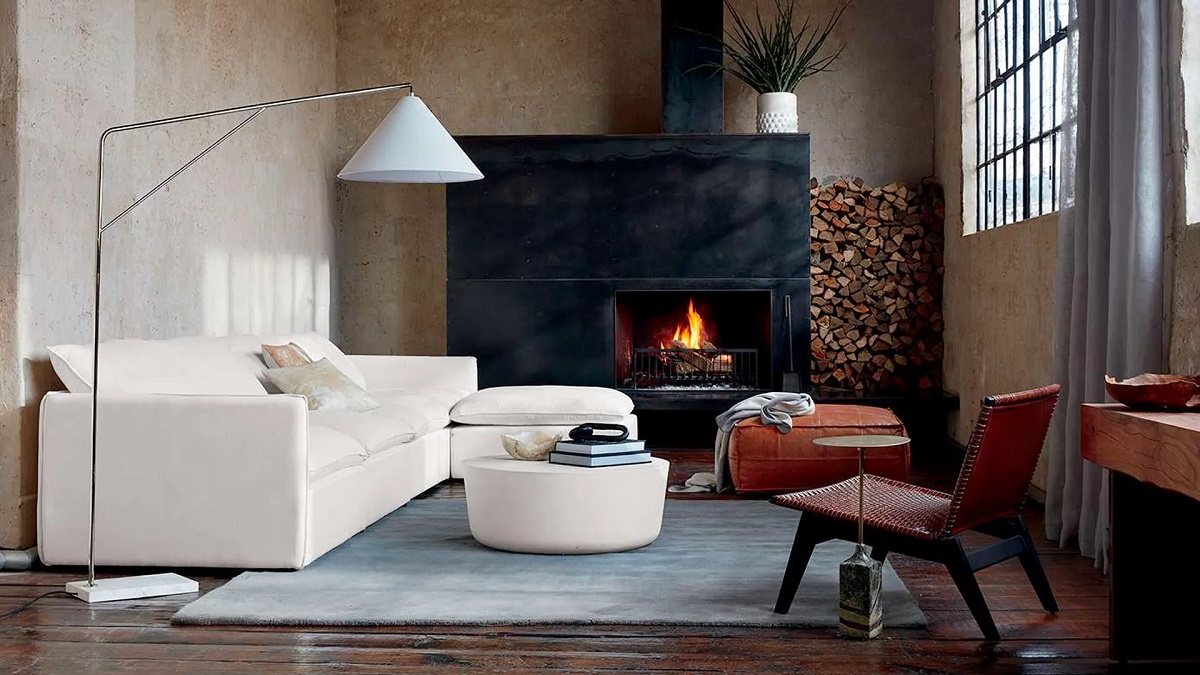Home> Minimalist Living
Minimalist Living: Revolutionize Your Home with Simplicity!
Discover the power of minimalist living and transform your home into a tranquil oasis of simplicity. Revolutionize your living space today!
How To Declutter A Bedroom With Too Much Stuff: 10 Easy Ways
By: William Harrison • Interior Design
Professional Organizers Urge Against These Tidying Jobs
By: William Harrison • Interior Design
Decluttering Mistakes: 10 Howlers Organizers Urge Us To Avoid
By: Sophie Thompson • Interior Design
5 Things To Take Out Of A Living Room For A Minimalist Space
By: Grace Wilson • Interior Design
5 Simple Ways To Embrace Minimalist Decor, According To Experts
By: Daniel Carter • Interior Design
What Is Lagom? The Swedish Lifestyle Trend Explained
By: Alexander Johnson • Interior Design
